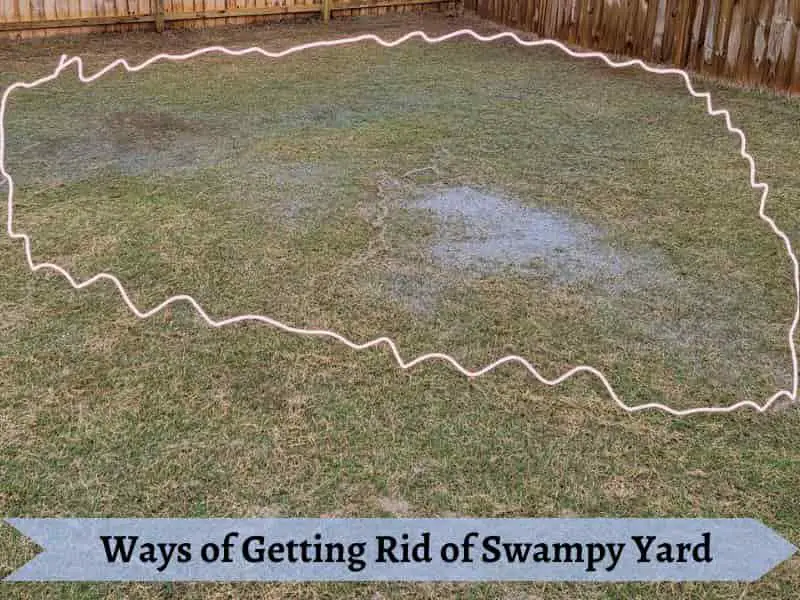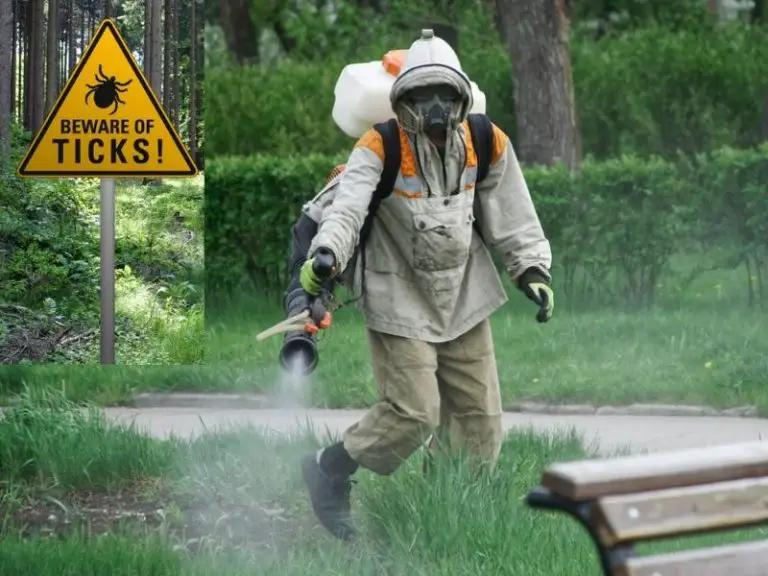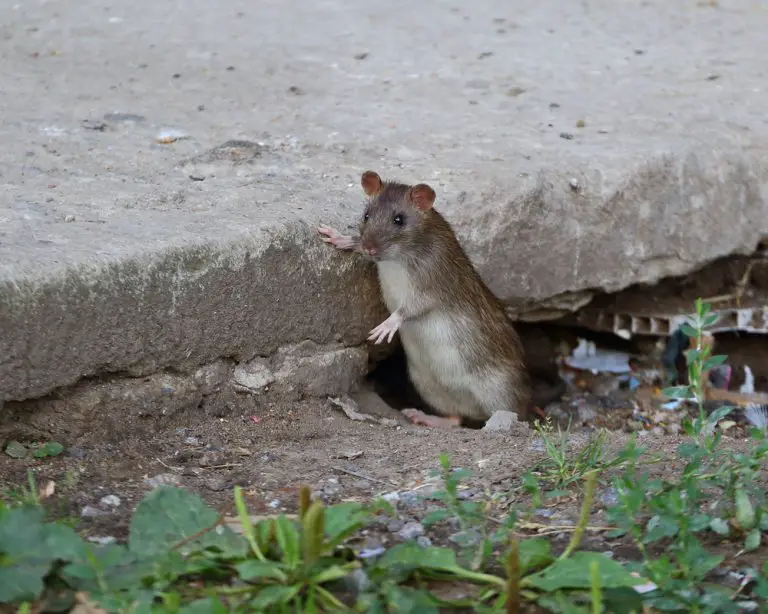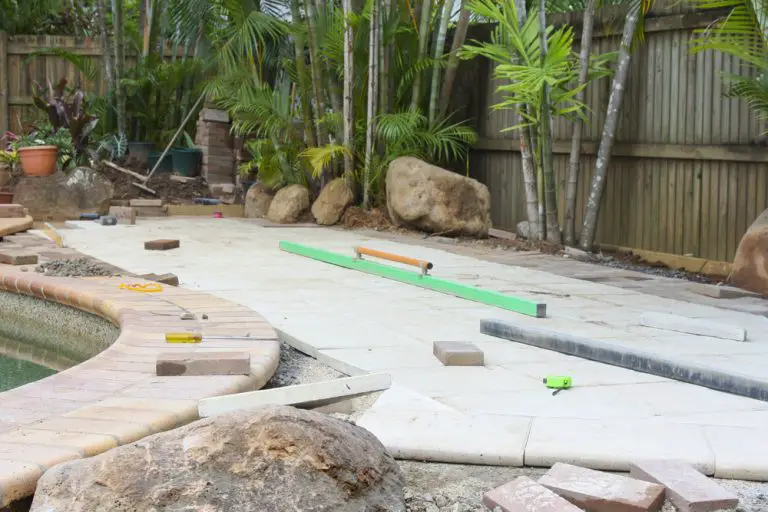Ways to Get Rid of Standing Water In Yard
Standing water in the backyard may be fun for your kid, but it certainly is not healthy for your lawn, family, or house. It is worse when there is no rain to attribute the water to. You must get rid of standing water in the yard to prevent bald spots, pest infestation, and weak soil. But how do you remove stagnant water in the yard?
Rain gardens are a sustainable solution to removing standing water in the yard. Improving your drainage system also removes stagnant yard water. Yard maintenance practices such as aeration and dethatching also help.
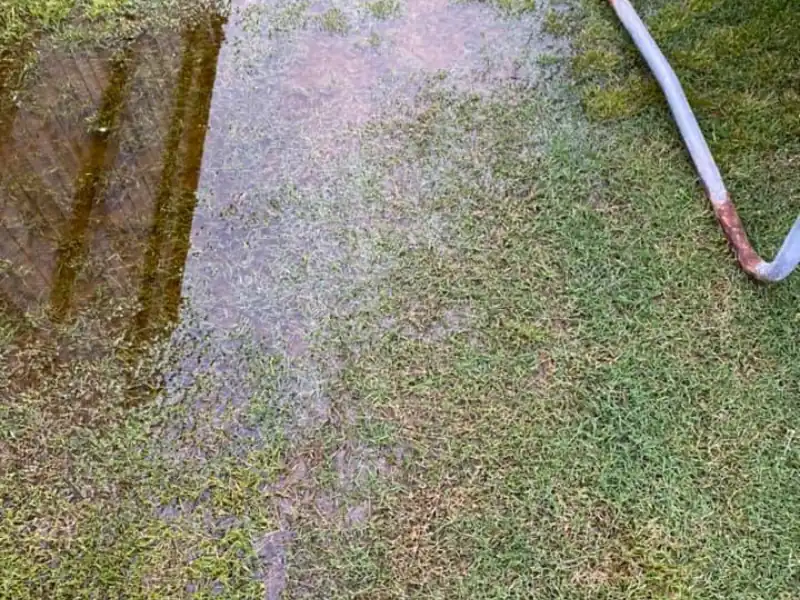
What causes a swampy yard?
Understanding the main causes is the key to tackling and preventing future cases of standing water in the backyard.
The main causes of a swampy yard include:
Heavy rain
Heavy rain in a short period will create soggy conditions in the yard. As the water saturates the ground, it starts pooling. It can be a problem if you have thick soils or other factors that prevent proper drainage.
Overwatering
Overwatering your lawn becomes a problem when you have poor drainage. Usually, regular irrigation should not cause problems. However, you may have a drainage problem if you notice water pools after irrigation. Consider shorter watering periods or reduce the frequency of irrigating your yard.
Compaction and dense thatch
Sticky clay soil and hard compacted soil make it difficult for water to pass through, causing the excess water to pool. Compaction could be due to hardpan, a type of hard subsoil that does not let water pass through. The hardpan could be due to natural causes or the use of heavy construction equipment that densely compacted the yard.
Poor grading
Lawn grading, also known as yard levelling, is supposed to create a way for water to drain from your yard to a storm sewer or the street. When done improperly, at the wrong angles, water will fill up the yard faster than it can drain. The poor drainage also means pools will form at your yard’s lower spots. Water may seep into your basement if the grading problem is left unaddressed.
A high water table
Standing water in the yard may be a result of underground water. Sometimes, you may have a high water table due to a higher water input than output. Poor soils may also contribute as they create a false higher table.
Bad subsoils
Poor subsoils trap water and do not dry out quickly. As a result, they hold water longer causing pooling around your yard.
Poor roof drainage management
Roof drainage should be the first place you consider when addressing standing water in the yard. If the water from the roof is allowed to fall without redirection, it will land near your foundation and start seeping into nearby soils, causing saturation and pooling.
How do I get rid of a swampy yard?
Now that you have determined the leading causes of a swampy yard. You can use these different approaches that will work in various situations.
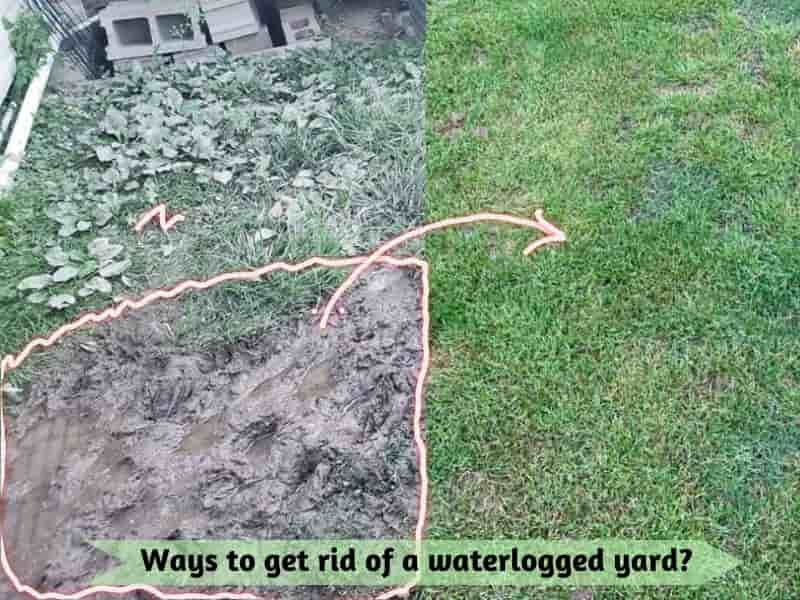
Here are measures to get rid of a swampy yard:
Re-grade your lawn
The first thing you consider when you notice standing water in the yard is lawn grading. According to the International Residential Code, there should be a 6-inch drop in elevation from the walkways, driveway, and foundation.
Get professionals to survey your area, spotting the low points and natural drainage. Once you have a plan, you can complete the re-grading by yourself or let expert landscapers do it. Land grading costs $0.40 to $2.00 per square foot.
Proper roof water management
Roof water management ensures rainwater falling from the roof gets to the suitable drainage. Proper drainage prevents roof water from seeping into your foundation and the lawn causing saturation and pooling.
Fit your roof with gutters, downspouts, and extensions. The gutters collect water directing it to the downspouts, which lead it down the hhouse’sside. The extensions take it farther from the home to the correct drainage.
Keep the gutters clean and free from debris by cleaning them at least once a year. It would be best if you also cleared the downspouts. Always have an extension at least four feet long.
Upgrade the yard’s subsoils
Upgrading yard subsoil is necessary if you have a hardpan or the wrong soil type. You can use a shovel to break down a hardpan if it is not too hard or more than a couple of inches thick. Hire a professional service if the hardpan is extensive, has grass, and needs drilling.
Replace wrong subsoils such as clay, peat, or silt with better options such as corn bit, red rock gravel, and granite aggregate. Despite the costs, subsoil replacement is a long-term fix for your problem.
Alternatively, you can hire a structural engineer to design a better drainage system. You can always get a professional to test your subsoil to determine whether you have a case of hardpan or bad subsoils or if the issue is elsewhere.
Build a rain garden
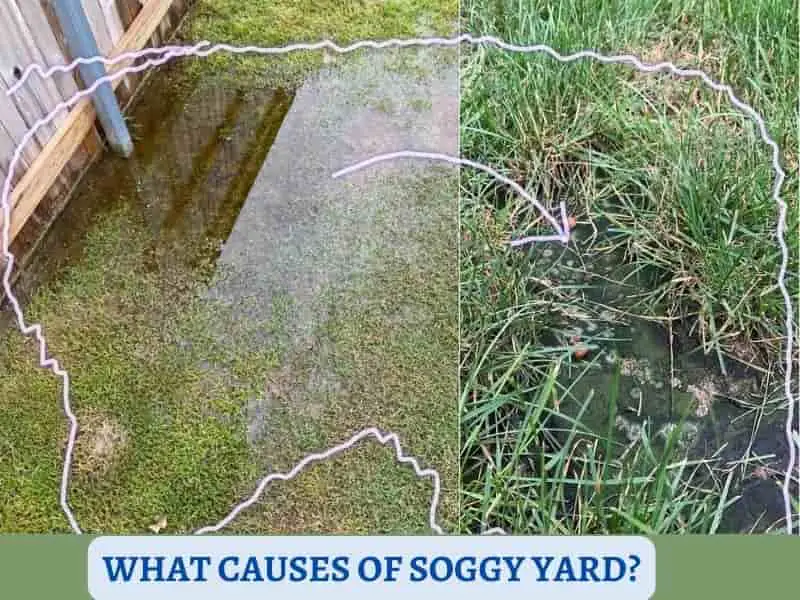
A rain garden is inexpensive to improve drainage and add flair to your yard. Rain gardens act like a sponge and collect the water before slowly releasing it to the surrounding areas. The garden should be at the bottom of the slope or yard’sard’s lowest point.
Fill the rain garden with plants to filter and absorb the runoff from rainwater. Use native flowers, ornamental grasses, and shrubs which are common in swamps and wetland areas. The best ones to start with are grasses, sedges, and rushes. The best plants for rain gardens include Smooth Blue Aster, Big Bluestem, wild bergamot, and Scarlet bee balm. The vibrant plants attract pollinators such as bees and butterflies.
The garden’sden’s filtering system keeps nearby water sources clean, too.
Dethatch and aerate your lawn
The lawn requires regular dethatching. Dethatching removes debris from the grass and allows the water to drain faster. You can use a lawn rake or a dethatcher. After that, you can use mulching to help prevent debris from filling your lawn.
Additionally, it would be best if you used an aerator to createyard’sholes in the yard’s surface. This breaks down the soil, allowing nutrients, water, andgrass’s get to the grass’s roots and promote drainage. The holes should be four inches deep and placed two inches wide.
Install a French-drain
A french drain is a trench filled with gravel that takes away water from your property to an exit point. The french drain topped with stone, and a drainage pipe that takes the excess water to a storm drain is added.
Sometimes a french drain and dry wells are used together. Alternatively, you can install a dry creek. A dry creek is a more cost-effective solution that serves the same purpose as a french drain. You can get a professional to do it or follow a DIY guide.
Standing water in the yard should be a legitimate cause for concern as it can affect human health and the structural integrity of your home. The health risks include being a breeding ground for vermin, mold, bacteria, insects, and algae. The tips above are practical solutions to solve the problem.
